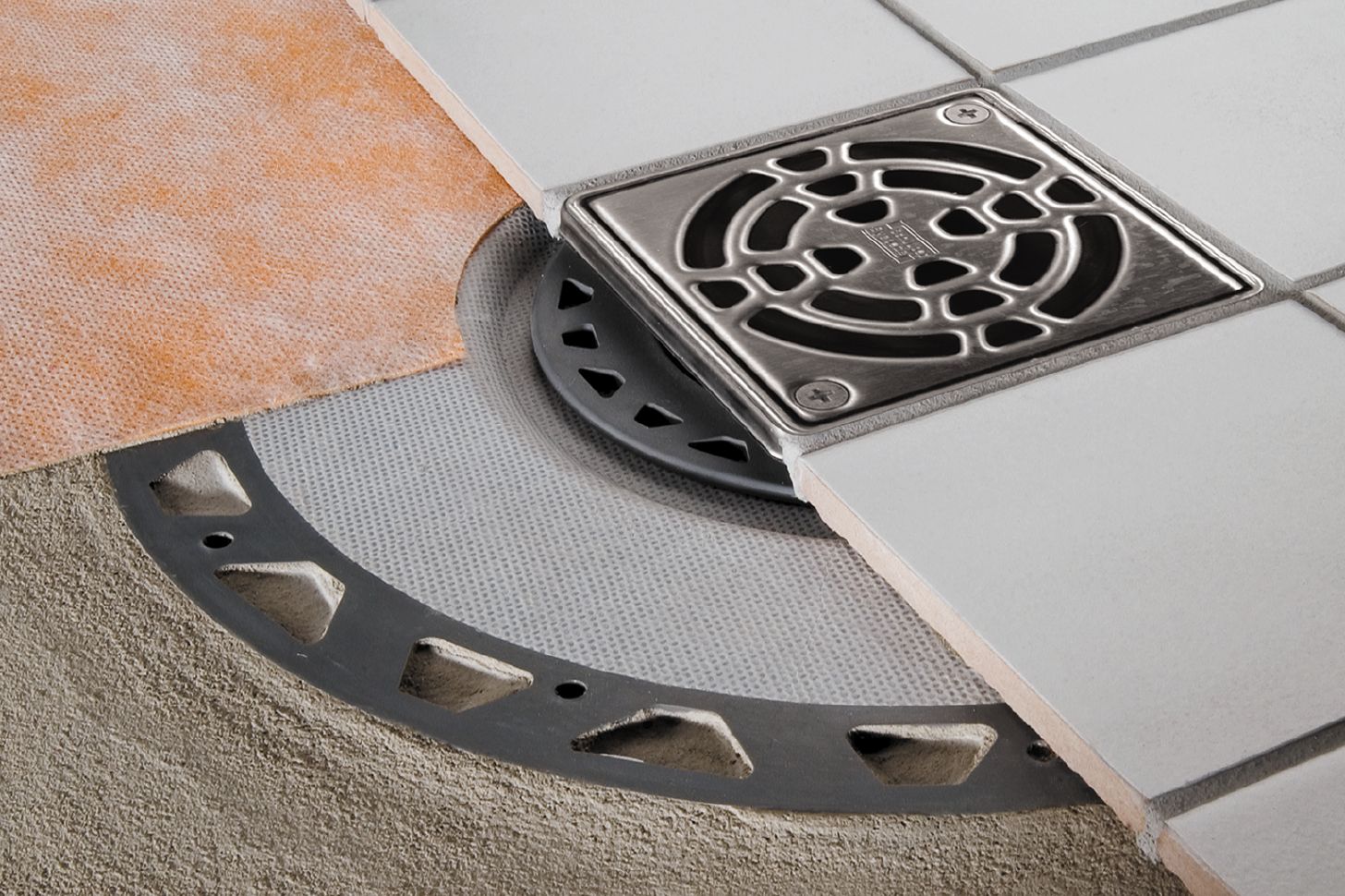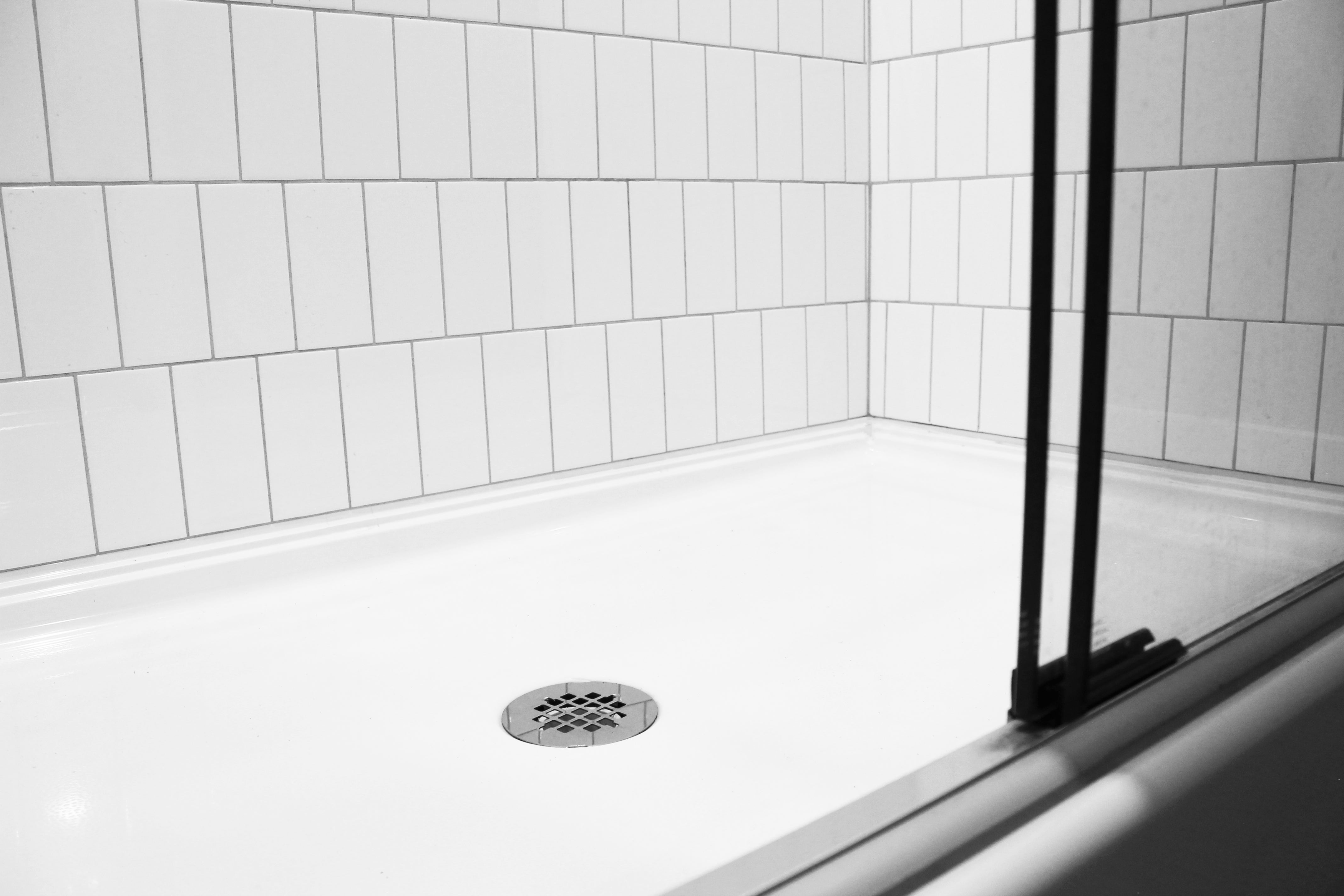DIY-Do-It-Yourself-Self-Installed Shower Drain-Bathroom Drain-Drainage System Installation-Setup-Project: How To-Tips for-Step-By-Step Guide
DIY-Do-It-Yourself-Self-Installed Shower Drain-Bathroom Drain-Drainage System Installation-Setup-Project: How To-Tips for-Step-By-Step Guide
Blog Article
Nearly everybody has their own individual thinking on the subject of How to Install a Shower Drain in a Basement.

Upgrading a shower room is just one of the extra preferred home improvement projects. Dealing with the plumbing for draining your shower can be extremely easy unless you overdo it.
Handling Your Own Shower Drain Setup Job
You can physically build a collector for your brand-new shower, yet you actually require to think of it. Do you actually wish to enter the issues of getting the sloping appropriate, in addition to ensuring every aspect of it is waterproof? And also I indicate every element! It is much easier to simply buy a pre-cast enthusiast online or at your neighborhood Lowes, House Depot or hardware shop. Structure one may sound like a terrific idea, yet you will possibly feel differently after a number of hrs.
Regardless of how you deal with getting a pan, you need to make every effort to use one that has the drainpipe located in the same place as the original frying pan. Relocating the drain pipelines can be a job, particularly if the building contractor utilized an unique framework framework. If you are identified to relocate the drainpipe, you are going to need to cut back the pipeline or lengthen it, which might imply destroying large portions of the floor. Rephrase, you are going to be looking at a several weekend break job.
Thinking we have our drain aligned, the actual hook up is relatively simple. The drain pipe must be facing vertical approximately the collection agency. It will certainly typically resemble a "U", which implies it works as a cleanout to keep unpleasant scents from coming back up from the drainpipe. To connect the drain, you are mosting likely to create a water limited link between a drainpipe cap on the top of the frying pan and the drain pipeline. Systems differ, but you are commonly going to do this by placing a combining piece on the top of the drain pipeline. This is after that covered with gaskets and actually screwed right into the drainpipe cap. The drain cap should serve as a locknut, to wit, it screws straight onto the combining.
The tricky part of this process is getting your drainpipe cap to match a watertight setting in the frying pan. This is completed by withdrawing the drain cap as soon as you make certain everything fits together. Then, you placed plumbing professionals putty around the underside of the cap and then screw it back on. The putty must develop a limited seal in between the cap and also the shower pan, which keeps water from trickling under it and into the framing under the shower.
Undoubtedly, shower room showers been available in a wide array of styles these days. If you purchase a collector, they often featured plumbing guidelines or the shop can keep in mind anything uncommon you should understand. It seems intricate, yet is typically quite direct. Have a good time!
Whether you are a tub or shower person, most people seek shower just alternatives when getting a house. This straightforward fact means greater than a few property owners spend a weekend updating or mounting showers in their shower rooms. The good news is for you, it is a rather basic process.
A collector or frying pan describes the horizontal surface area situated at the bottom of the shower. The collector typically contains a non-slip surface area somewhat banked towards the facility or anywhere the drain lies. Integrated with three to 4 inch wall surfaces around the side, the goal of your shower water drainage plumbing is to obtain the water to flow to and also down the tubes.
Tips for Installing a Shower Drain Assembly
Renovating a bathroom can be exciting as well as fulfilling if you’re tackling the job DIY-style. After you cross off the bigger decisions such as tile style, paint colors, and fixtures, you’ll need to finalize smaller details – such as the shower drain. In this article, we’re sharing some tips for selecting and installing the right drain assembly for your updated shower.
What is a shower drain assembly?
Shower bases or pans typically only come with a pre-drilled drain hole. Since the pan slopes toward the drain, you should consider the placement – left, center, or right – when designing your shower. You’ll need to purchase and install a shower drain assembly that connects the shower pan to the drain pipe underneath the shower. There are a few types of assemblies, which will be covered below.
Size of a shower drain
When it comes to installing drains, size matters. The recommended pipe size for a shower drain is 2 inches, whereas most tubs use 1.5-inch pipes. Why the difference?
Shower pans are shallower than tubs, so there’s a higher risk for overflow. So, the larger pipe allows for quicker draining. If you are replacing an old tub with a newer stand-up shower, you will need to make additional plumbing adjustments to accommodate the 2-inch pipe.
Types of shower drain assemblies
There are three common types of shower drain assemblies: compression shower drain, solvent-glue shower drain, and tile shower drain. The layout, design, and materials of your shower can determine which type of shower drain assembly will work best.
Compression shower drain
This type of assembly attaches to the drain pipe with compression washers and nuts. The drain fitting is typically installed into the base, and then the base is installed into the bathroom floor. This makes compression-style drains easier to install than other options, particularly if you don’t have easy access from the floor under the shower base. Drains are available in a wide range of materials such as PVC (polyvinyl chloride), ABS (Acrylonitrile Butadiene Styrene), and brass, and can be used for acrylic, fiberglass, and steel shower bases.
Solvent-glued shower drain
Made of either polyvinyl or ABS, this type of shower drain is sealed to the drain pipe with solvent glue and silicone. Since you’ll be working underneath the drain pan, we only recommend using this type of drain if you have access under the shower, such as from a basement or crawlspace. It’s also important that you match the type of plastic of the drain with the drainpipe. If you take these precautions, you can install a solvent-glued drain assembly with acrylic, fiberglass, and steel shower bases.
Tile shower drain –
Drain assemblies for custom tile showers feature a waterproof membrane liner placed between two flanges. The tile is installed on top of the liner, collecting any water that seeps through the porous grout. A metal strainer is installed in line with the tile over the drain.
https://www.epshawaii.com/blog/tips-for-installing-a-shower-drain-assembly/

I'm very curious about How to Choose the Best Drain for Your Shower and I really hope you appreciated my entry. Appreciated our review? Please share it. Help other people find it. We take joy in reading our article about How to Choose the Best Drain for Your Shower.
Report this page